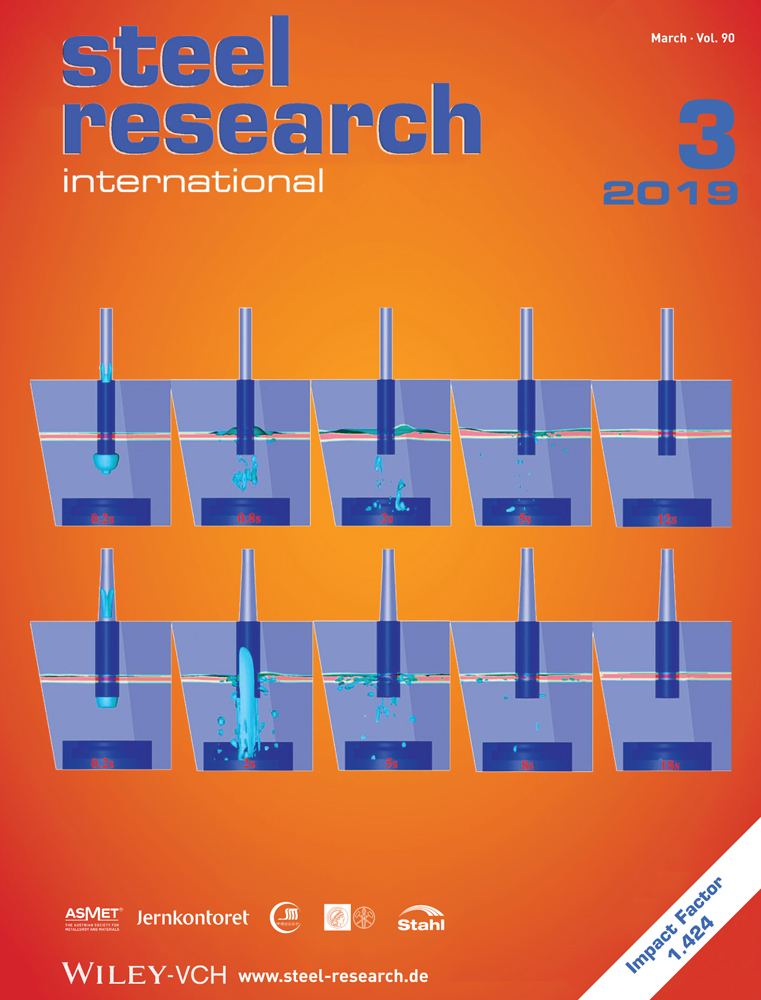On-Line Estimation of Liquid Levels in the Blast Furnace Hearth
Abstract
An on-line model of the liquid levels in the blast furnace hearth is developed based on mass balances, estimates of the production rates, and measurements of the outflow rates of iron and slag. To consider differences arising in the hearth when different tapholes are operated, the hearth is divided into m regions, characterized by individual iron and slag levels. The pools communicate with each other by cross-flow of iron and slag. To prevent drift in the liquid level estimates, a correction procedure is developed to make the levels stay within reasonable bounds. The model is applied to measurement data from a three-taphole blast furnace and is demonstrated to provide an on-line view of the in-furnace conditions. The liquid level estimates as well as the required corrections are illustrated and analyzed for cases with different model parameters, and an explanation of the required corrections is provided. The model is also evaluated with respect to its ability to predict the end of the taps. Finally, conclusions concerning the validity of the model are drawn and possible future developments of it are outlined.
Conflict of Interest
The authors declare no conflict of interest.




